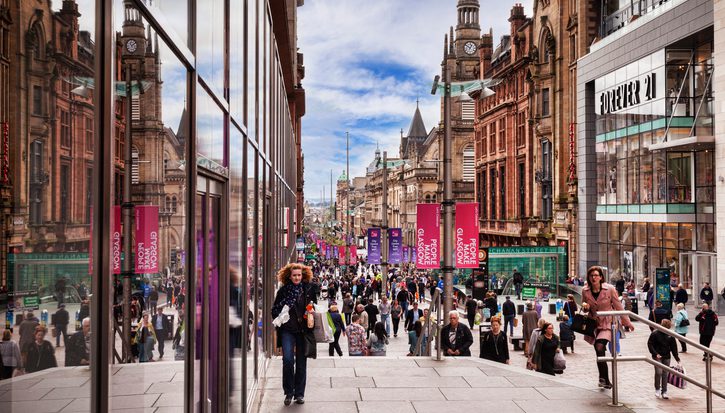How much would it cost to reduce child poverty in Scotland? The financial scale of child poverty in Scotland
Article
Currently, child poverty rates in Scotland are lower than in the UK as a whole, but still stand at an average of 23 per cent between 2013/16 (Joseph Rowntree Foundation 2017). They fell from close to one-third in the late 1990s, to around one-quarter throughout the 2000s. However, progress beyond this has been hard to achieve; indeed, with UK-wide benefit reforms and economic performance, child poverty rates are projected to increase in the UK and Scotland over the coming years (IFS 2017).
This report aims to outline a real-world analysis of the financial cost of reducing relative child poverty in Scotland – to meet and then surpass the Scottish government child poverty targets. In doing so, we do not aim to make policy recommendations. Equally, we do not suggest that reducing child poverty rates is solely the responsibility of government through tax and benefit changes.
UPDATE - MAY 2018
An Annex was added to the report in May 2018, offering additional analysis which considers the cost and effect on child poverty of key policy interventions on a Scotland-only basis, as measured against a UK-wide median income. The core analysis of the report, as published in March, offers an analysis of the maximum cost of reducing child poverty in Scotland using a recalculated poverty line assuming a UK-wide policy intervention, against a UK-wide median income. This provides a maximum cost estimate for reducing child poverty in Scotland. The annex outlines a mid-cost analysis considering the cost and effect on child poverty in Scotland of a policy intervention implemented in Scotland-only against a UK-wide median income.
Related items

Making the Child Poverty Strategy work for migrant families
If we are serious about tackling child poverty, we cannot ignore the children of migrant families.
It takes a village: Empowering families and communities to improve children's health
How can we build the healthiest generation of children ever?
Scotland: Taxed enough already? Maybe not
It is possible to make the case for progressive increases in income tax while in government. You can win the argument, and the world won’t come to an end.